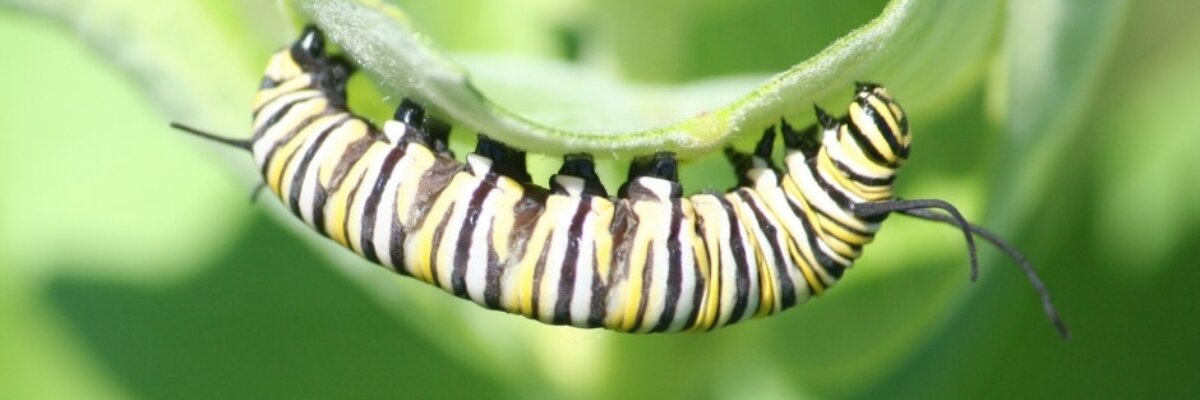
Do you have tips for visiting the overwintering colonies in Mexico?
Butterflies begin arriving at the Mexican overwintering sites in early November. By December, all of the butterflies are in residence and have condensed into a smaller area, creating spectacular views. Butterflies roost in these high altitude fir forests through mid-March, with flight activity increasing around mid-February as they prepare for departure.
Mexico’s monarch sanctuaries straddle two states, the State of Mexico and Michoacán. The Cerro Pelon and Piedra Herrada sanctuaries are located in the State of Mexico, while El Rosario and Sierra Chincua are on the eastern edge of Michoacán state. Mexico City is the closest airport to the sanctuaries, and Zitácuaro, Michoacán, the closest major city. First class buses leave the Observatorio terminal in Mexico City every hour all day long and take two hours to reach the Zitácuaro bus terminal, where taxis are available. While speaking some Spanish is helpful, many manage to make the trip with minimal fluency.
All of the monarch roosts are high altitude, at about 10,000 feet. If altitude sickness is a problem for you, you may want to spend a few days acclimating in Mexico City or the surrounding area before visiting the colonies. Keep in mind that it can get chilly at night in this area and pack accordingly. Seeing monarchs is easier if you have a moderate level of physical fitness, and quite challenging if you have mobility issues. All sanctuary visits involve hiking and/or horseback riding on sometimes steep inclines. That said, about half of all foreign visitors are seniors, and most manage the trip without difficulty.
Cerro Pelon, where the monarch migration was first confirmed, is the least visited and least touristy of the sanctuaries. It features the longest and steepest trail up to the colony, as well as the most pristine forest. El Rosario has been the largest colony in recent years; this sanctuary boasts a paved trail with interpretative signs, and large crowds on the weekends. Sierra Chincua is also one of the more accessible sanctuaries, with a short and attractively paved trail. The location of the Piedra Herrada colony has shifted a lot the past few seasons, meaning that some years the ascent can be steep while others it’s relatively easy. Piedra Herrada’s proximity to Valle de Bravo and Mexico City means that weekends can get crowded here, too.
Local Lodging Options
The following hotels are locally owned and operated:
- Rustic lodging in Angangueo (high altitude, no heating), 5 miles from El Rosario: Don Bruno, Don Gabino, or La Margarita
- Thermal springs eco hotel (lower elevation, warmer weather), 25 miles from El Rosario: Agua Blanca
- Boutique hotel in Zitácuaro (closest major city), 25 miles from El Rosario: Rancho San Cayetano
Or stay with and support a local nonprofit:
- Alternare supports overwintering monarch conservation hand in hand with the rural communities and ejidos that inhabit the region. Their Training Center (Centro de Capacitación), is located within the Monarch Butterfly Biosphere Reserve and provides lodging options (also great for larger groups).
Guided Tours
If you would like to have the details of trip planning and transport taken care of for you, or if you prefer to travel with a naturalist guide throughout your journey, several groups affiliated with non-profits offer organized tours, including Natural Habitat Adventures/WWF and Ecolife.
Natural Habitat Adventures also offers exclusive trips through the Monarch Joint Venture. Click here to learn more about these trips.
OPPORTUNITY FOR EDUCATORS: Natural Habitat Adventures provides a scholarship program for educators. Learn more here.
